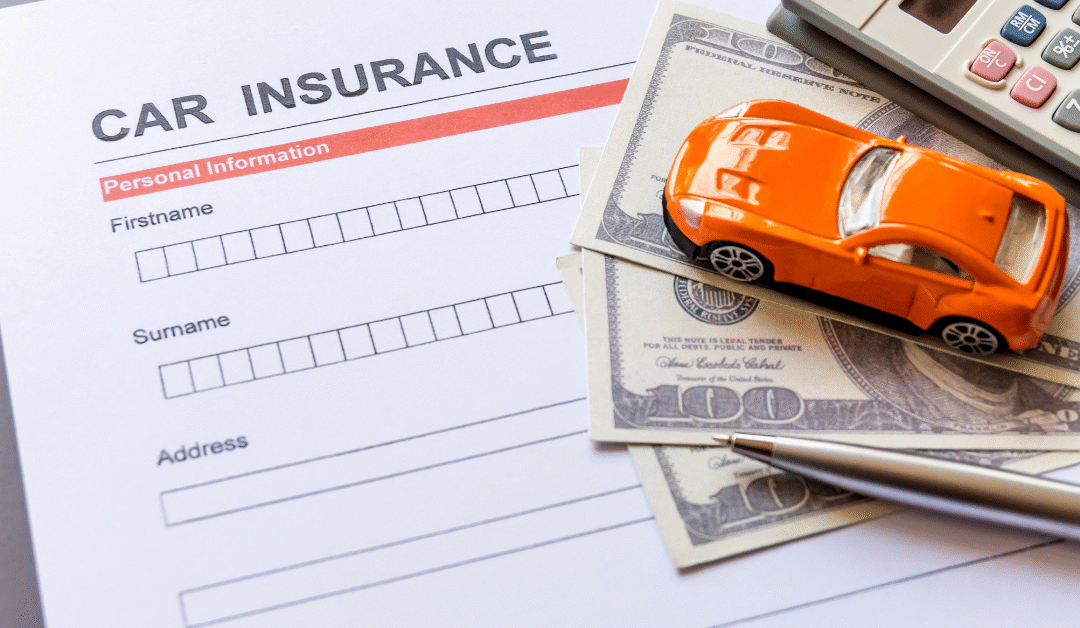When your nanny drives as part of their job, whether they’re taking your children to school, running errands, or heading to activities, it’s important to understand what kind of insurance coverage applies. While California law doesn’t require nannies to carry a commercial car insurance policy, there are still important considerations for both families and caregivers to ensure everyone is properly protected.
Let’s break down the key issues, common practices, and smart strategies that protect your nanny, your family, and your peace of mind when it comes to auto insurance for your nanny.
1) Key Issues to Understand
When someone drives a car (either yours or their own) as part of their paid work for your family, there are several insurance and liability risks to keep in mind:
a) “Business Use” or “Commercial Use” Exclusions
Many personal auto insurance policies exclude or limit coverage when a vehicle is used for business purposes. That includes driving as part of a paid job. If your nanny transports children as part of their duties, their insurer could argue that the use was not “personal” and deny or reduce coverage under a personal policy.
b) Employer Exposure and Vicarious Liability
If a nanny causes an accident while driving on the job, plaintiffs may attempt to hold the employer (the parent) liable. Even if the nanny’s insurance provides some coverage, families could still face legal or financial exposure above those policy limits.
c) Named Driver vs. Permissive Driver
If your nanny drives your vehicle, whether they’re listed as a named driver on your policy, or simply considered a permissive user (someone you allow to drive occasionally), can affect coverage. Some insurers require frequent drivers to be formally added to the policy to ensure full protection.
d) Commercial Auto or Business Vehicle Insurance
A commercial auto policy (or business-use endorsement) is designed for vehicles used for business purposes, like transporting passengers for pay. While not typically necessary for private household employment, insurers may consider a nanny’s driving “business use” if it’s frequent or central to their job duties.
2) What’s Typical and What Often Works
Most families manage the risk of auto insurance for their nanny in one of two ways:
a) If the Nanny Drives Your Vehicle
Families typically add the nanny as a driver on their own auto policy (often as a “nonresident driver” or “additional insured”). This signals to your insurer that the nanny is an approved, regular driver and ensures coverage in case of an accident.
- The Zebra recommends adding your nanny if they drive your car regularly.
- The Berkeley Parents Network also encourages families to notify their insurer and formally list their nanny on the policy.
b) If the Nanny Drives Their Own Vehicle
- Confirm your nanny’s personal auto policy allows “business” or “occupational” use. Some personal policies exclude driving done for paid work.
- Have your nanny check with their insurer about whether transporting children as part of their job requires a business-use endorsement or any policy adjustment.
- Ask to review proof of coverage (the declarations page) and confirm liability limits are adequate.
- Consider carrying an umbrella liability policy to protect your family from claims that exceed the nanny’s coverage.
C&S Insurance notes that if a nanny has an accident while transporting children for work, injured parties may pursue claims against the employer, so it’s wise to review coverage carefully.
3) When “Commercial” Car Insurance May Apply
A full commercial auto policy is usually only necessary when driving is the primary business activity—for example, daycare transport, shuttles, or rideshare services.
However, if your nanny regularly drives long distances, multiple children, or frequently performs errands for pay, some insurers might classify that usage as “commercial.” The determination depends on the insurer’s definitions and policy language, not California law.
4) California-Specific Considerations
While no California law specifically requires nannies to carry commercial auto insurance, families should understand the broader legal and insurance context:
- Household employees must be properly classified and provided legal protections such as overtime and workers’ compensation.
- Coverage rules vary by insurer and policy type, but policies issued in California may include unique business-use exclusions.
- Licensed childcare providers have separate state rules for transporting children, though these don’t typically apply to private household nannies.
5) Professional Recommendations
Here’s a step-by-step checklist for managing auto insurance for your nanny:
a) Talk to your insurance agent
Describe your nanny’s duties, driving frequency, and vehicle use. Ask if your personal policy covers this or if an endorsement is needed.
b) Add your nanny to your policy
If your nanny drives your car regularly, list them as a named or authorized driver to avoid coverage gaps.
c) Verify your nanny’s personal coverage
Review their insurance documents and confirm their policy allows job-related driving.
d) Consider umbrella coverage
A personal umbrella policy adds extra liability protection in the event of a serious accident.
e) Put it in writing
Include clear insurance and driving expectations in your nanny’s employment agreement, including proof-of-insurance requirements and notification of policy changes.
f) Review annually
Revisit coverage every year, or sooner if duties change.
6) The Bottom Line
There’s no one-size-fits-all answer when it comes to auto insurance for your nanny. In most cases, you can ensure full protection by either adding your nanny to your policy or confirming that their own insurance allows for occasional business use.
While a commercial policy is rarely required, clear communication and proper documentation are essential. A quick conversation with your insurer can prevent costly misunderstandings and ensure that your nanny and your family are protected every mile of the way.


Recent Comments